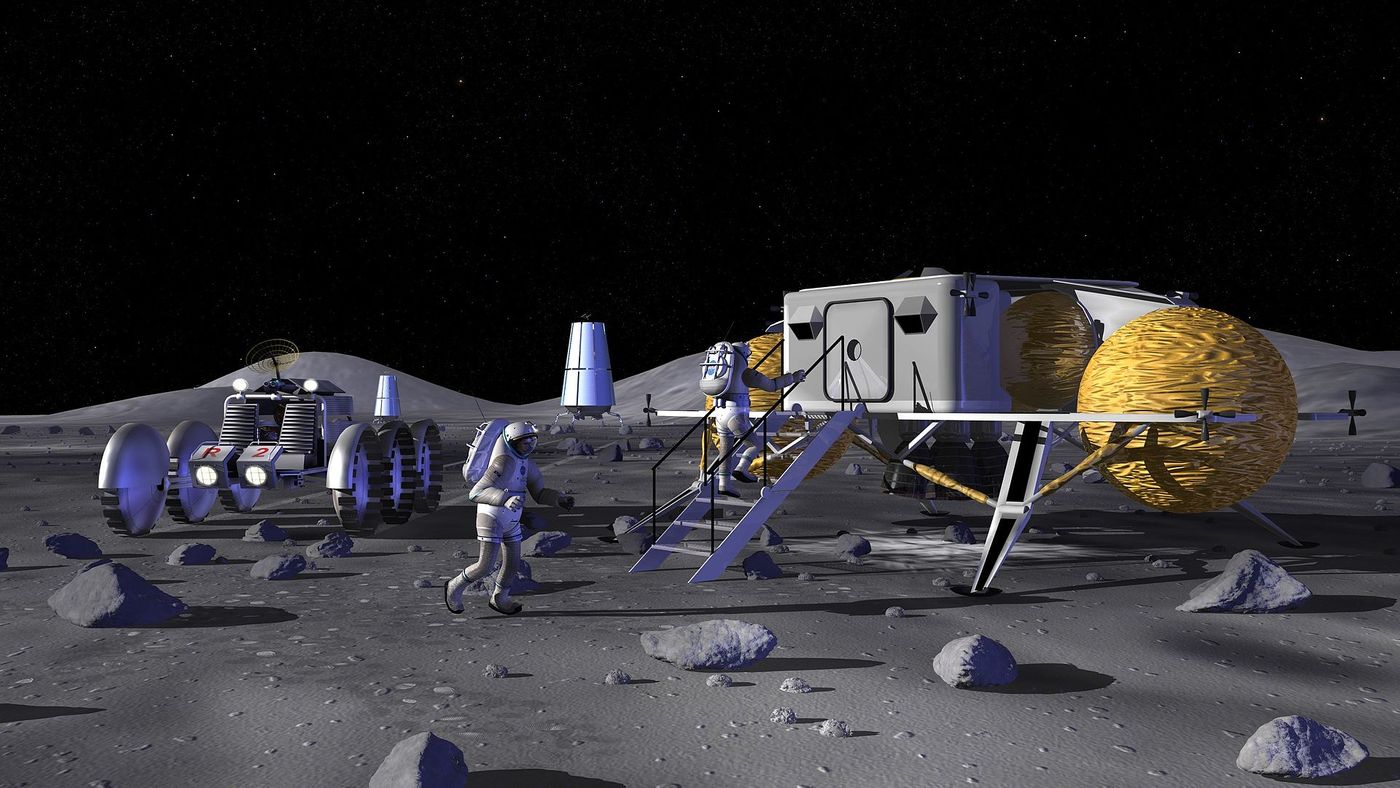Future Moon and Mars Astronauts Could Use Microbes for Settlement Construction
In a recent study published in Materials Today Bio, an international team of researchers led by the University of California, Irvine (UCI) analyzed how microbes could help future Moon and Mars astronauts in the construction of settlements on those respective celestial bodies. This study holds the potential to use microorganisms in civil engineering projects in extreme environments, such as 3D printing or additive manufacturing.
The researchers came up with this study after being intrigued by the biological processes of cyanobacteria in Chile’s Atacama Desert, specifically pertaining to the way the microorganism acquires nutrients from rocks. Using high-resolution electron microscopy and advanced spectroscopic imaging methods, the researchers were able to examine how microorganisms changed naturally occurring minerals and nanoceramics, the latter of which is synthetically made. The researchers became particularly interested in the biofilms that cyanobacteria produce, which break apart magnetic iron oxide within gypsum rocks. The findings could allow a new path towards biomimetic mining methods.
"Through a biological process that has evolved over millions of years, these tiny miners excavate rocks, extracting the minerals that are essential to the physiological functions, such as photosynthesis, that enable their survival," said Dr. David Kisailus, a UCI professor of materials science and engineering, and a co-author on the study. "Could humans use a similar biochemical approach to obtain and manipulate the minerals that we find valuable? This project has led us down that pathway."
Dr. Kisailus went as far as saying such biological processes could be used to create engineered material right away in sub-convenient locations.
"I call it 'lunar forming' instead of terraforming," Kisailus said. "If you want to build something on the moon, instead of going through the expense of having people do it, we could have robotic systems 3D-print media and then have the microbes reconfigure it into something of value. This could be done without endangering human lives."
Sources: Materials Today Bio
As always, keep doing science & keep looking up!









